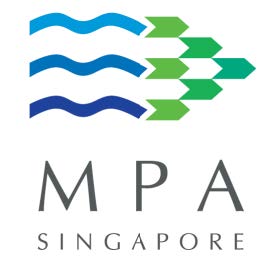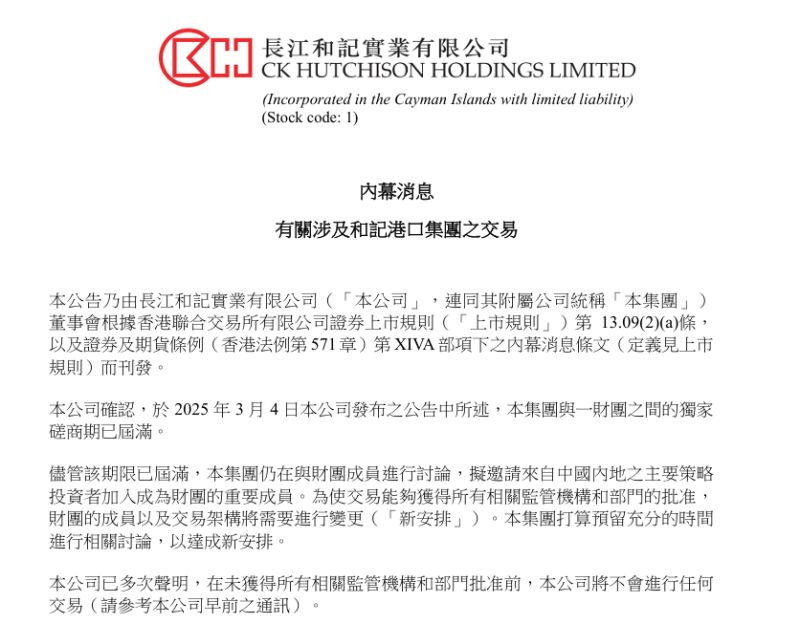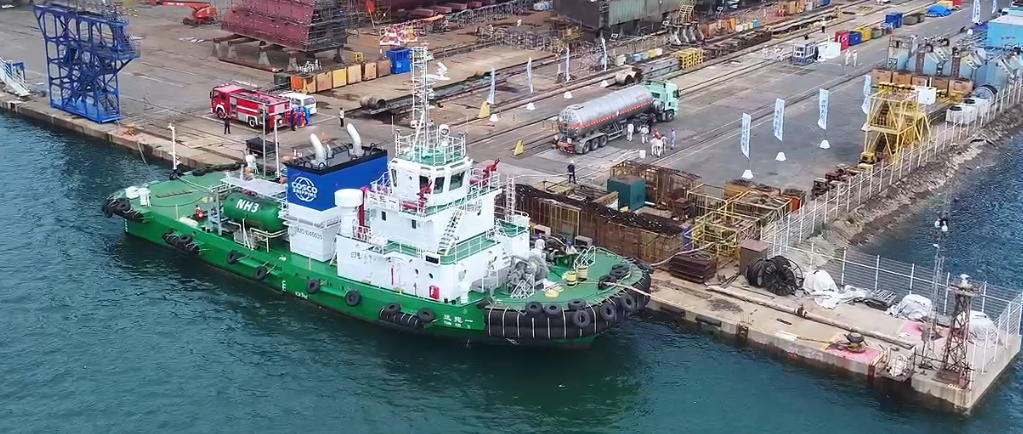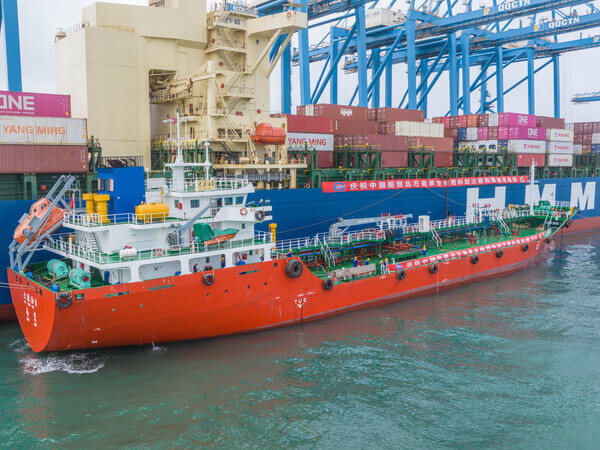
Singapore’s annual vessel arrival tonnage, total tonnage of ships under the Singapore flag, container throughput, total bunker sales, and sales of alternative bunker fuels, reached new highs in 2024. Cargo throughput handled at the port of Singapore also increased in 2024. These were among some of the announcements by Mr Murali Pillai, Minister of State for Law and Transport, at the annual Singapore Maritime Foundation (SMF) New Year Conversations event. Mr Murali said that despite strained global supply chains, Maritime Singapore has maintained strong growth momentum in 2024 and looks forward to continued steady growth in 2025.
Key 2024 Maritime and Port Performance
Gross Tonnage. The annual vessel arrival tonnage in the port of Singapore grew by 0.6%, reaching a new record of 3.11 billion gross tonnage (GT), up from 3.09 billion GT in 2023. The key shipping categories - bulk carriers, container ships and tankers - each accounting for close to a third, contributed to over 90% of Singapore’s vessel arrival tonnage in 2024. Arrivals of bulk carriers also hit a record high in 2024. Other categories, such as specialised vessels, ferries and cruise liners account for the remainder. This diverse distribution reinforces Singapore’s position as a global hub supporting the diversity of global shipping carrying commodities, containers, energy supplies, and various trades.
Cargo. Cargo throughput handled at the port of Singapore also rose to 622.67 million tonnes, an increase of 5.2% from 592.01 million tonnes in 2023.
Container. Our container throughput from both PSA terminals and Jurong Port crossed the 40 million TEU mark for the first time, growing by 5.4% and reaching a new record of 41.12 million TEUs compared to 39.0 million TEUs in 2023. Around 90% of Singapore’s container throughput is for transshipment to other destinations. Singapore remains the largest container transshipment hub in the world.
The majority of container vessels complete their simultaneous cargo handling and bunkering within a day of arrival. Various efforts were undertaken collectively by the Maritime and Port Authority of Singapore (MPA), PSA Singapore, and unions, to address the port congestion arising from the Red Sea situation in mid-2024. These included commissioning new berths at Tuas Port, reactivating berths and yard spaces at Keppel Terminal, increasing manpower capacity, working with shipping and feeder lines to optimise operations schedule, and permitting night-tow operations for container barges to and from Pasir Panjang Terminal for the first time.
11 berths at the new Tuas Port are now operational, with 7 more berths to be operational by 2027. Reclamation works in Phase 2 of Tuas Port are about 75% completed. A Joint Venture partnership between Evergreen Marine Corporation (EMC) and PSA Singapore was established in November 2024, offering long-term terminal capacity assurance to EMC’s expanding global vessel fleet in Singapore.
Bunker fuels. Total bunker sales registered a new high of 54.92 million tonnes, marking a 6.0% year-on-year increase. The increased uptake was partly due to the extended Asia-Europe shipping routes via the Cape of Good Hope given the disruptions in the Red Sea. Singapore made steady progress as the world’s largest bunkering port, supplying over a sixth of the total fuel used by global shipping.
Sales of alternative bunker fuels exceeded one million tonnes for the first time to reach 1.34 million tonnes in 2024, a year-on-year doubling. Specifically, the sale of biofuel blends grew from 0.52 million tonnes in 2023 to 0.88 million tonnes. Biofuel blends of up to B50 are available commercially with trials of up to B100 on-going. LNG increased from 0.11 million tonnes in 2023 to 0.46 million tonnes. An Expression of Interest was launched in December 2024 to explore scalable solutions for sea-based LNG reloading to complement the existing onshore LNG bunkering storage and jetty capacities and support the supply of e-/bio methane as marine fuel in Singapore. Methanol was available on a commercial scale and registered 1,626 tonnes, while 9.74 tonnes of ammonia was bunkered for the first time globally in trials in our port.
As part of the pro-enterprise rules review exercise led by Deputy Prime Minister and Minister for Trade and Industry Gan Kim Yong to help lower business costs, MPA will reduce the verification frequency of mass flow meters from twice to once a year, starting 1 April 2025. This aligns with the updated SS648:2024 standards and is expected to save the industry approximately S$300,000 a year. Risk-based audits will continue as the industry undertakes the transition.
Growth as an International Maritime Centre and Marine Tech Start-up Hub
Singapore Registry of Ships Performance
The total tonnage of ships under the Singapore flag exceeded 100 million GT for the first time and reached a new record high of 108 million GT, an increase of 8.5% from 99.6 million GT in 2023. The Singapore Registry of Ships (SRS) remains one of the world’s top five ship registries.
Last year, 29 Singapore-flagged ships from 12 companies received Green Ship Certificates under the Green Ship Programme. In April 2024, Eastern Pacific Shipping signed a Memorandum of Understanding (MoU) with MPA committing several of their ammonia dual-fuel newbuilds to be registered under the SRS upon delivery. More of such vessels using new fuels are expected to use Singapore as the flag of choice in the coming years.
In the collision involving Singapore-registered tanker, Hafnia Nile, in the South China Sea in July 2024, MPA worked with our foreign counterparts and ship managers to coordinate the rescue of 22 crew on board, supported by the Republic of Singapore Navy vessel RSS Supreme. In the incident of an allision by Singapore-registered container ship, Dali, with the Francis Scott Key bridge in Baltimore, Maryland, USA, in March 2024, MPA offered its assistance in the US Coast Guard’s investigations. MPA also worked with the vessel’s classification society to provide the technical assessment and stability calculations to support the salvage operations.
Key Digitalisation, Decarbonisation, Manpower, and Operations Initiatives
Electronic Bunker Delivery Notes
From 1 April 2025, all bunker suppliers will need to provide digital bunkering services and issue electronic bunker delivery (e-BDN) notes by default. The digital bunkering initiative, which includes an e-BDN record verification service by MPA, aims to streamline operations, enhance security and transparency, and is expected to save up to 40,000 man-days annually. A standard for digital bunkering supply chain documentation (SS709:2024) was also published in November 2024. Singapore is the first port to implement digital bunkering at scale for bunkering operations following approval by the International Maritime Organization (IMO) to use eBDN at the 80th meeting of the Marine Environment Protection Committee in 2023.
New Fuels
In March 2024, Fortescue, with support from MPA, successfully conducted the world’s first use of ammonia, in combination with diesel, as marine fuel onboard the Singapore-flagged ammonia-powered vessel Fortescue Green Pioneer. To support the operationalisation of ammonia bunkering, EnterpriseSG and MPA will develop the Singapore standards for ammonia bunkering by 2025. The lead developer for a low- or zero-carbon ammonia power generation and bunkering solution on Jurong Island under the Request for Proposal launched by MPA and the Energy Market Authority of Singapore is expected to be announced in 2025. MPA also worked with our counterparts to develop the interim guidelines for the use of ammonia as fuel, which was adopted by the IMO at the Maritime Safety Committee during its 109th session in December 2024.
The first simultaneous methanol bunkering and cargo operations (SIMOPS) was conducted in May 2024 at the Tuas Port. The use of the mass flow metering (MFM) system for methanol, together with the use of digital bunkering, was also trialled during the SIMOPS. MPA is currently developing the Technical Reference for methanol bunkering, which will cover safety procedures, crew competencies, custody transfer requirements, and the framework to govern the use of the MFM and digital documentation records for methanol bunkering. This Technical Reference is expected to be released in 2025.
Electric Harbour Craft and Charging
The first pilot trial for electric harbour craft (e-HC) charging point was launched in April 2024 following a call for proposal to develop and operate e-HC charging points at various locations under a two-year pilot scheme. MPA, together with Enterprise Singapore, Singapore Standards Council, industry stakeholders, and academia, has developed a Technical Reference (TR) for e-HC charging and battery swap systems to support the development of the e-HC charging infrastructure and ecosystem in the Port of Singapore. Details of the TR will be announced in the coming months.
e-HC designs shortlisted from proposals following MPA’s expression of interest launched in July 2023, are undergoing enhancements to improve their performance and cost-effectiveness. These improved reference designs, developed through a collaboration between MPA and various Institutes of Higher Learning, will be marketed by the respective companies, and production demand will be aggregated to achieve economies of scale.
Maritime Energy Training Facility
In April 2024, MPA established the Maritime Energy Training Facility (METF) to train the global maritime workforce in handling and operating vessels using clean marine fuels. The network of industry-supported training establishments is expected to be fully developed by 2026 and will train around 10,000 seafarers and other maritime personnel by the 2030s. There are currently 52 METF training partners comprising global marine engine manufacturers, international organisations, classification societies, trade associations, unions, and institutes of higher learning. Over 400 seafarers and maritime professionals have undergone training under the METF.
Key Developments in Green and Digital Shipping Corridors
Talent Development
The outlook for 2025 is likely to be shaped by geopolitical dynamics and shifting trade patterns. Global GDP growth is forecasted to remain steady this year with seaborne trade projected to grow 1.9%, with some re-routing of trade routes expected. The major shipping segments - bulk carriers, containerships, tankers and specialised vessels - are expected to continue performing better than pre-pandemic years.
Regional supply chains are adapting to rising demand and increased production within Asia. This has supported the growth of ports in our region, including those in Malaysia, Indonesia and Vietnam. Notably, Asian ports such as Shanghai and Ningbo-Zhoushan, have experienced robust growth in 2024 and are expected to continue expanding overall container volumes. Shipping alliances are responding to these shifts and reconfiguring in Q1 2025 to optimise their coverage in key markets, including in Asia.
Strengthening Singapore’s Maritime Ecosystem
Singapore will continue to enhance our offerings to serve all shipping segments while expanding capabilities in emerging domains such as space, aerial drones, and cyberspace to support businesses. MPA anticipates steady growth for Maritime Singapore in 2025, driven by the strong tripartite cooperation with the industry, unions, government, a strong maritime R&D community, and Singapore’s continued value offering as a preferred hub for ship operations and maritime business. We will continue to play a constructive role in facilitating international agreements, including at the IMO, and will host the inaugural General Assembly of the new International Organization for Marine Aids to Navigation in February 2025. We will continue to review rules and regulations to reduce business costs, enhance port efficiency and readiness to meet the evolving needs of international shipping.
source: MPA
Please Contact Us at:
media@xindemarine.com





